The 3 Key Types of API-Related Messaging Campaigns: What You Need to Know
Published on March 12, 2020/Last edited on March 12, 2020/5 min read
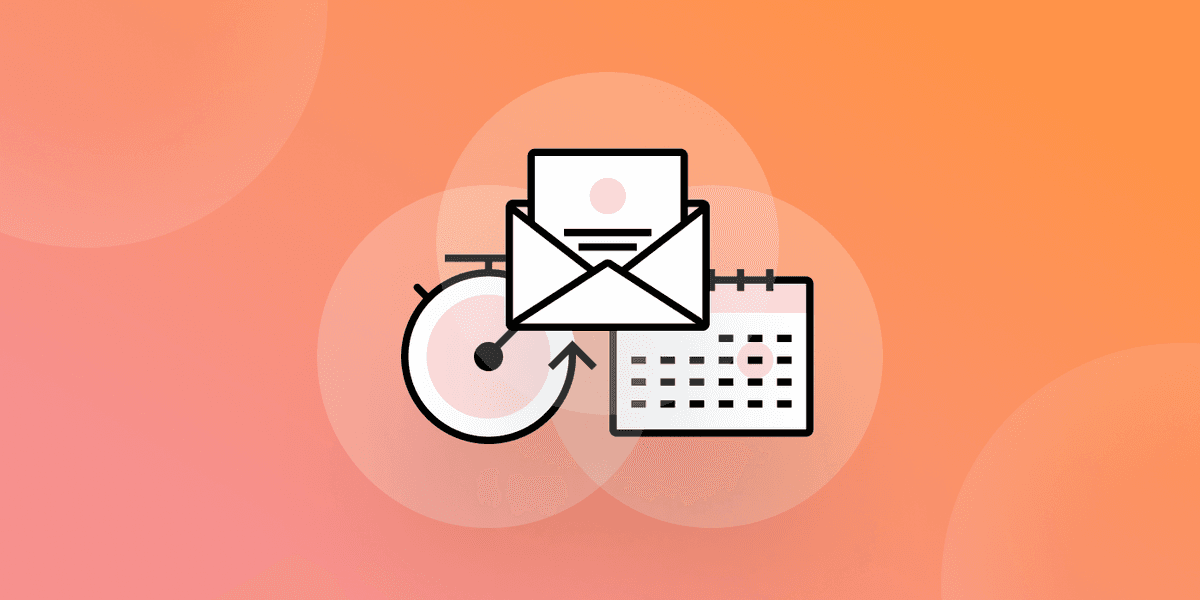

Mary Kearl
WriterIt's the on-demand age, and today’s consumers expect their wants and needs to be met in the moment by the brands they patronize.
But day in and day out, well-meaning brands find themselves sending the right messages at the wrong times...and the wrong messages at the right (and wrong) times. From abandoned cart notifications aimed at people who have already completed a purchase to welcome emails sent to customers who have been engaging for years, when you’re on the receiving end of a broken experience like this, the message you receive is clear: This brand just doesn’t get you.
That perception can have a huge impact on how successfully your brand is able to build and sustain customer relationships, loyalty, purchases, and overall satisfaction.In fact, according to a Braze-commissioned Forrester study, a brand's ability to be perceived as authentically human is critical in a mobile-first world, impacting key business measures, including purchase intent, customer loyalty, and advocacy.
So, how can a brand deliver messaging experiences that feel authentically human? For marketers looking to keep up, there are three kinds of API-related campaigns that can help support real-time, relevant customer experiences—API campaigns, API-powered Connected Content campaigns, and API-triggered campaigns.
API Campaigns vs. API-Powered Connected Content Campaigns vs. API-Triggered Campaigns, at a Glance
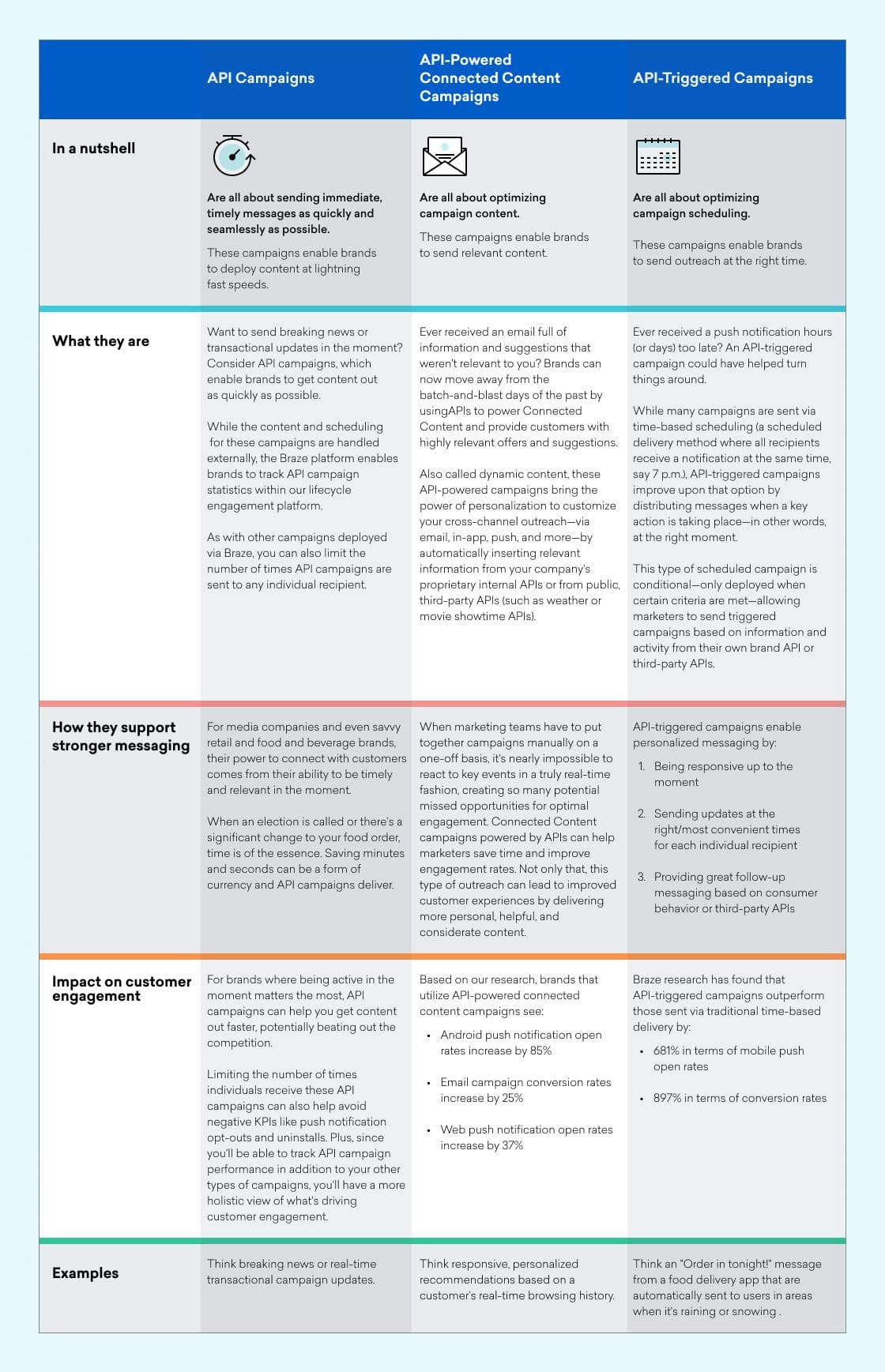
What Do API Campaigns Actually Look Like?
Given their speed of delivery, API campaigns are typically used by breaking news brands and others who want to share quick, urgent messages that are best read in the moment.
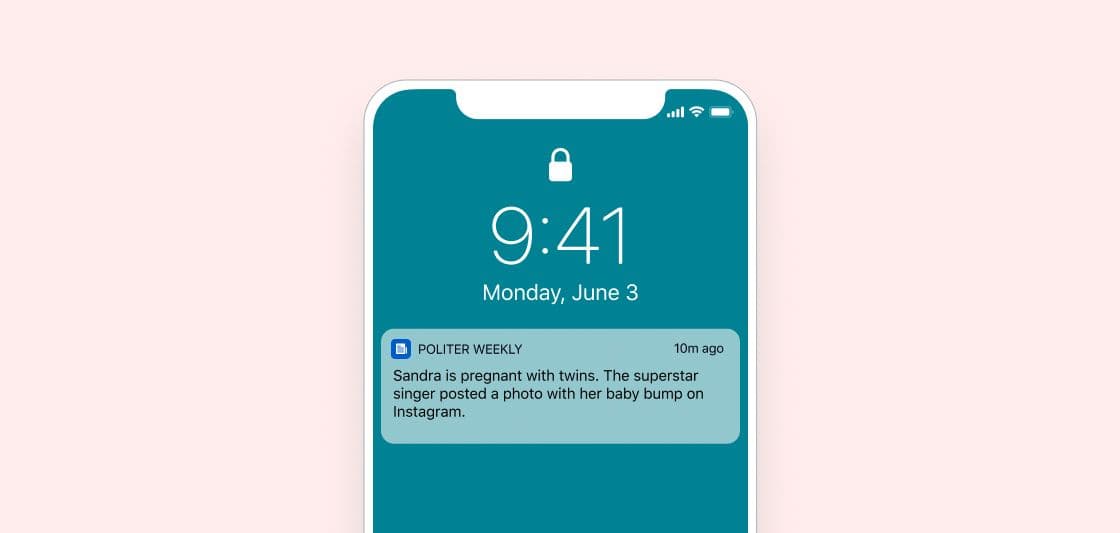
One benefit of linking API campaigns with a lifecycle engagement platform like Braze is you canto track statistics associated with your API campaigns alongside other campaigns created and deployed through the engagement platform, giving your team a clearer, more holistic picture of what's driving overall customer engagement, while also gauging performance at the campaign level.
With Braze, you can limit the number of times these API campaigns are sent to any individual recipient. This type of frequency capping can help avoid negative KPIs like opt-outs and uninstalls and provide a better, more thoughtful brand experience to your customers.
What Do API-Powered Connected Content Campaigns Actually Look Like?
API-powered dynamic or Connected Content campaigns are continuously updated with the most relevant copy or images inserted into your messages to maintain up-to-the-minute timeliness. Just as an email or push notification can pull in a customer's name from your database, it can pull in the most relevant information about (or for) that customer as well from your own or third-party APIs, making it possible to take advantage of:
- Recommendation engines — Purchase or content suggestions based on individual and aggregate customer behavior
- Localized weather — Real-time weather updates from sources like Braze Alloys technology partner AccuWeather
Other data from public, third-party APIs — Relevant updates from media companies like the New York Times, event companies like Eventbrite, the FDA, and more
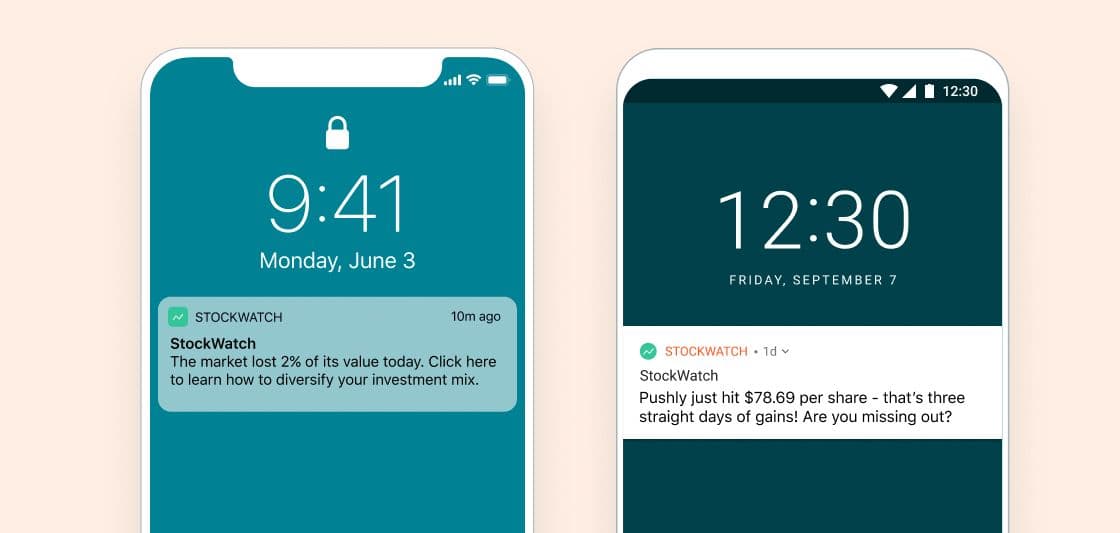
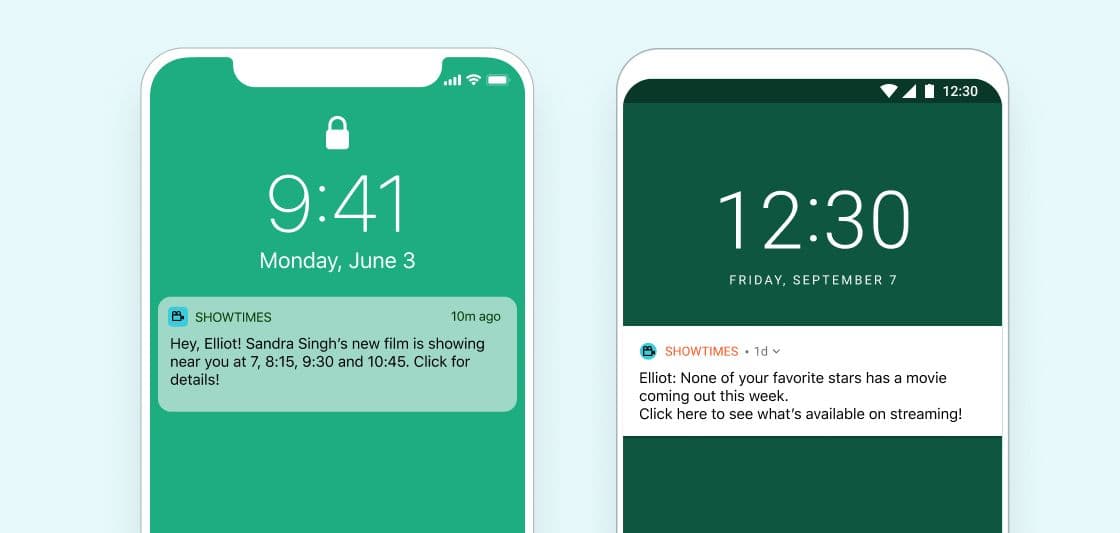
What Do API-Triggered Campaigns Actually Look Like?
Want to deliver campaigns timely campaigns right in the moment? With API-triggered campaigns, you can send messaging based on information from one system—such as customers’ in-store purchases and other behaviors tracked by your proprietary servers—via another system (such as a customer lifecycle engagement platform like Braze) allowing for advanced segmentation and customization.
These messages will only be sent when your company’s internal servers say to—that is, when certain conditions are met. For instance, it’s possible for brands to automatically send messages when a customer names an in-store purchase or when a favorited item comes back into stock, as long as those systems can talk to your customer engagement platform via API.
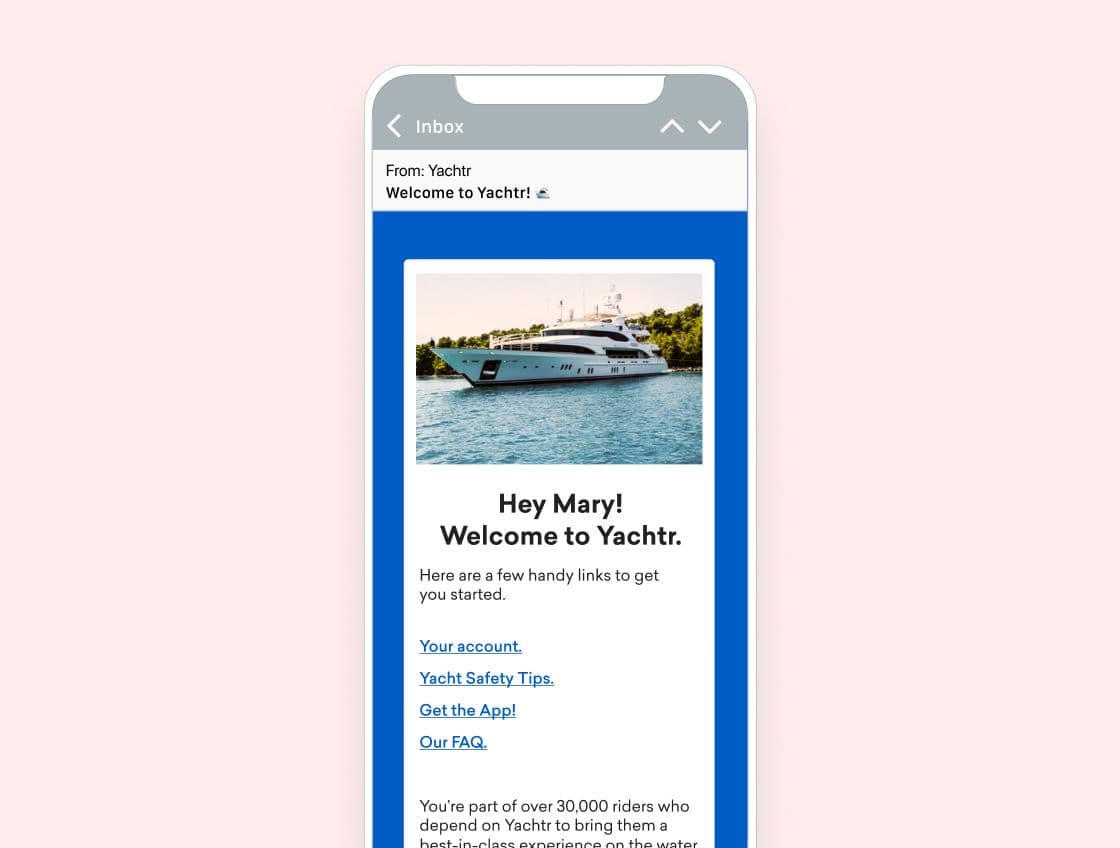
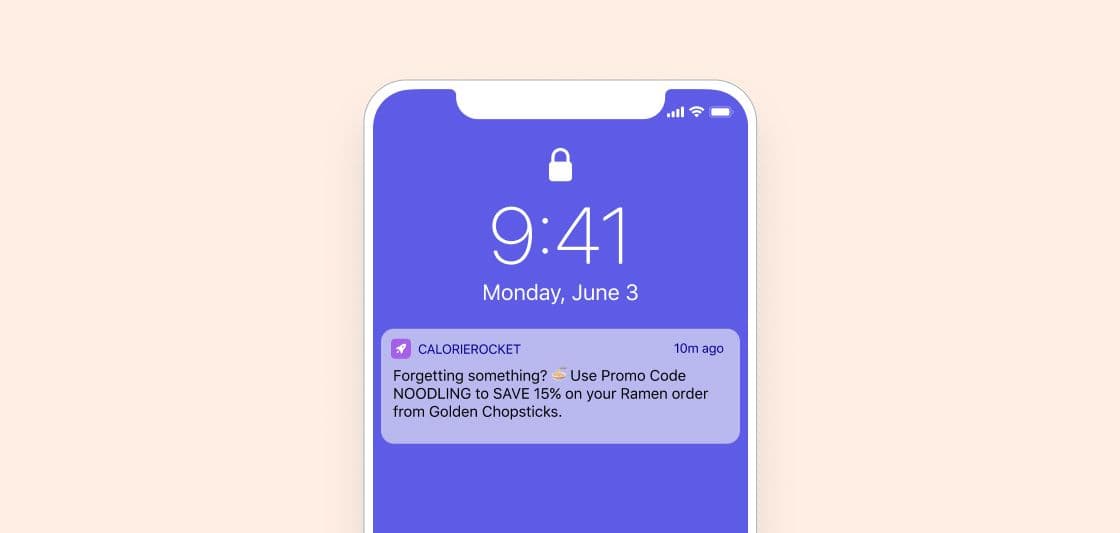
How Different Types of API-Related Campaigns Support Greater Brand Humanity
The Braze Brand Humanity Index, created based on findings from a Braze-commissioned Forrrester survey of 3,336 consumers across the globe, reveals that, in order to succeed today, brands need to meet core emotional and functional attributes, including being perceived as:
- Understanding
- Friendly
- Comforting
Brands also need to ensure that they communicate in ways that are…
- Natural
- Considerate
- Personal
Meeting these expectations comes with a huge payoff: Consumers who perceive a given brand as human are 1.8x as likely to feel satisfied with that brand, 1.7x as likely to make a purchase, and 1.9x as likely to recommend that brand.
And technology solutions that support the perception of brand humanity can have a huge impact on engagement rates, reinforcing the idea that being responsive, friendly, thoughtful, natural, considerate, and personal really matters.
Based on our learnings from the Braze Humanity Index, we decided to test the effectiveness of API-powered connected content versus campaigns sent without dynamic content. Based on our analysis of 534 billion messages sent over the past two years, we saw a huge lift in open rates:

And as for the effectiveness of API-triggered campaigns versus traditional time-based campaigns, we saw a noticeable jump in open rates and conversions.

The Importance and Impact of Human-Like Brand Communication
Interested in taking advantage of modern customer engagement tools like API-related campaigns to better reach, engage, and monetize your customers?
Get started by checking out “Build Brand Humanity By Mastering Empathy at Scale,” which explores the key components of the Brand Humanity Study, including a look at how brand and customer relationships run on emotion, the importance of being authentically human, how brand humanity fosters high-value customer relationships, and how to put these key findings into practice.
Be Absolutely Engaging.™
Sign up for regular updates from Braze.
Related Content
View the Blog
The new inbox reality: How iOS changes are reshaping email marketing

Aparna Prasad

Experience optimization: Turning data insights into better journeys

Team Braze

December 2025 Bonfire Marketer of the Month: Jagex’s Emma Oliver
